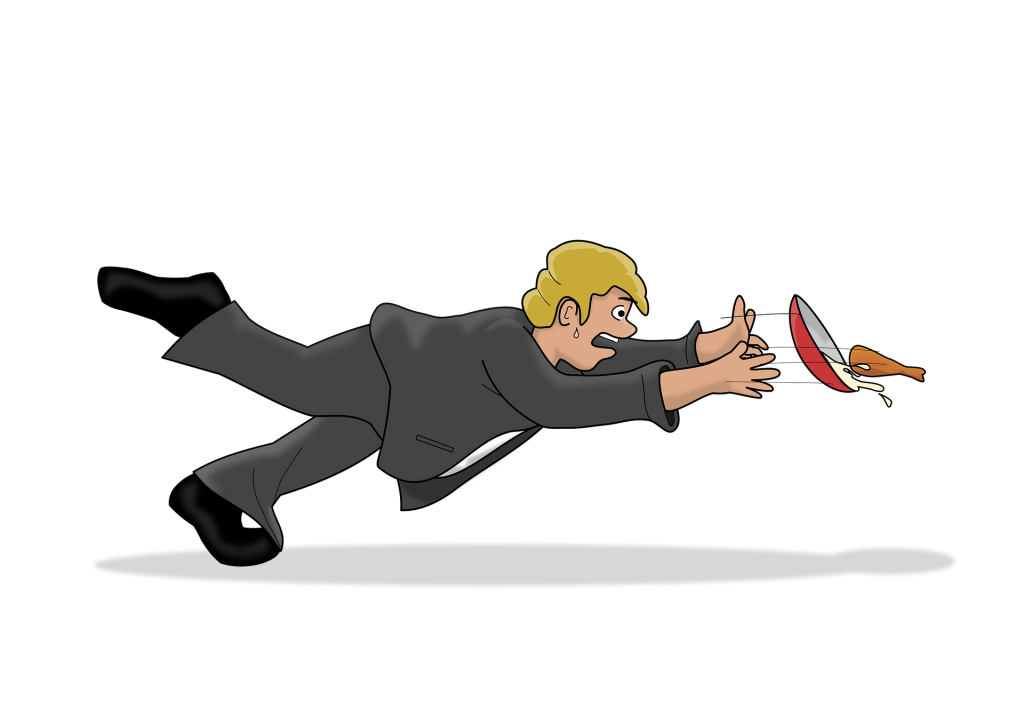Management Tools: Incident Forms
We all have the best intentions to look after our customers and our employees. But the world isn’t perfect and accidents and incidents do, unfortunately, occur. Logging these incidents is a good idea for any business looking to improve their safety standard, and keeping logs of any incidents which happen can also help you should someone, an employee or customer, press any legal charges against you or your business. But what incidents should you be recording? And what is the essential information these forms should record?
Employee Incidents
Employee safety is one of the major concerns of any bar or restaurant and recording employee incidents is of paramount importance if you want to keep improving the safety of your employees in your location. Employee incident forms should be used in incidents when employees hurt themselves whilst on the job; no matter how small the incident. Knife cuts, slips, trips, and falls are all examples of incidents which should be recorded on your employee incident forms.
Customer Incidents
It seems likely that employees are the most likely to hurt themselves in your location, however the truth is that guests will hurt themselves just as much, if not more, than your employees do. Guest incidents are similar to those of employees, such as slips, trips and falls, however by far the most important guest incident to record is any food poisonings that is suspected to have come from your location.
It is worth noting that when taking incident reports, especially from guests, that you should not admit any responsibility. You are there to record the incident not to resolve the issue on the spot. Also, admitting any sort of responsibility means you are culpable and opens you up for liability and a lawsuit.

What Information?
What information should an incident form contain? Firstly, the incident form should ask for no more identifying information than the name, contact number and address of whomever the incident happened too. Next it should contain spaces for the time, date and location of the incident. There should be a brief summary box where the manager recording the incident can give it a title for easy reference when filed later; this is often filled out later, once all the information has been gathered.
After this you want to get a detailed statement from the guest or employee regarding what happened, where it happened and how it happened. Witness reports from anyone who saw the incident occur are also important; whether or not they corroborate the story told by the person to whom the incident happened. You’ll also want to get the witnesses names, telephone number and address, should you need to contact them again. There should also be a box for any prevailing weather conditions which may have had an effect on the outcome of events.
Log how You Responded
Logging the incident itself isn’t enough also log how you responded i.e. whether you gave the person an ice pack, or a bandage. In the days that follow you and your management team should assess what happened and react appropriately to stop such incidents from happening again. Such reactions can include: placing mats at your entrance so that it doesn’t get wet and slippery when it’s raining out, enforcing your non-slips shoes policy, or implementing a cut glove policy.
Whatever action you take to prevent further incidents of a similar nature occur then record them. Store this information in the same place you store your completed incident forms, attached to the form of the incident in which you were responding to.

These logs should be filled out by a manager, preferably the most senior person on your floor during that shift, and logging how you respond is the thing which ties the reason for these forms together. If someone tries to sue you for negligence -or something else- for an incident which happened in your location your previous logs of incidents and how you respond will be invaluable in showing that you strive to make your location as safe as possible for your employees and your guests.



